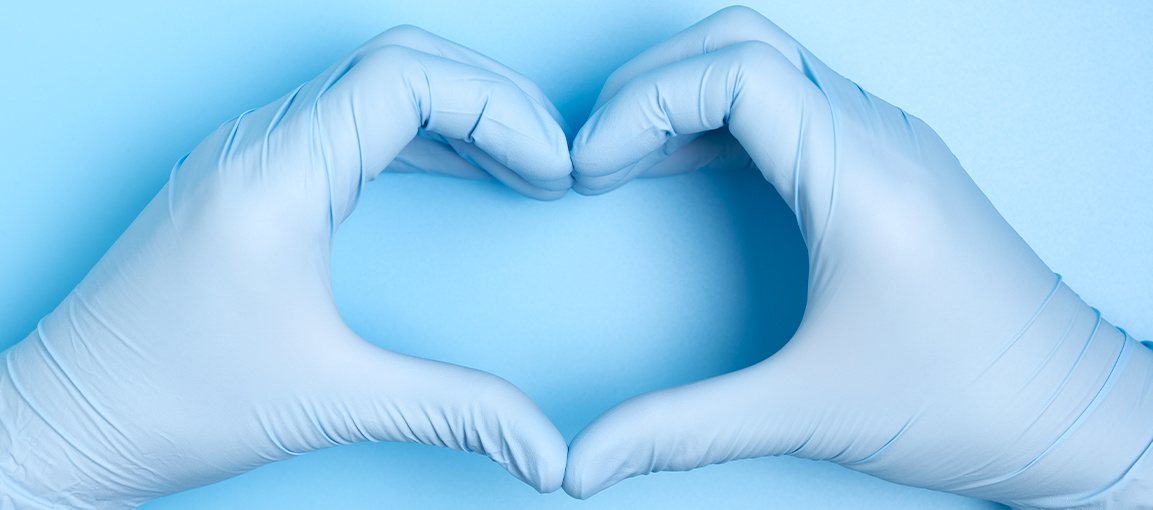
While you are most likely aware of the different types of gloves that are manufactured today, there is an interesting process behind making each type of glove that many distributors and glove wearers are not as familiar with.
An example of this is when you compare latex to nitrile and vinyl gloves. While latex gloves are created using natural latex rubber, nitrile and vinyl gloves come from synthetic materials, and are manufactured slightly differently as a result.
Let’s dive deeper into the manufacturing process of Nitrile and Vinyl gloves to provide insight into this fascinating science.
Creating Synthetic Materials
Nitrile gloves are made using a material called nitrile butadiene rubber (NBR). This substance is a copolymer derived from the bonding of two molecules: acrylonitrile and butadiene. These molecules are specifically important for the performance and quality of the gloves: acrylonitrile enhances chemical resistance, and butadiene creates flexibility and tear resistance.
On the other hand, vinyl gloves are manufactured from polyvinyl chloride – the same material used in PVC pipes. Vinyl gloves are created from PVC monomers alone, which makes the material a polymer – a substance with a molecular structure consisting entirely of a large number of similar bonded units. To create the synthetic material, chemists polymerize the PVC substance to bond the molecules together, and then add a chemical called a plasticizer to make the material flexible for glove use. Because PVC is inexpensive to manufacture, vinyl gloves are a great cost-effective option.
The Production Process
Once the NBR and PVC materials are created, they go to the factory for production. This process has multiple steps that are relatively similar to the production of latex gloves, with a few exceptions:
First, the manufacturing equipment runs ceramic, hand-shaped forms through water and bleach to clean them and remove residue. Once the forms are dry, they are dipped in a calcium carbonate and calcium nitrate mixture to help the synthetic materials coagulate around the forms.
Next, the forms are dipped in tanks of NBR or PVC, depending on the type of glove being made. The gloves are then heated at a high temperature to form the gloves as they dry.
When manufacturing Nitrile gloves, two additional processes may be used to improve glove donning: polymer coating and chlorination. Polymer coating involves adding a layer of polymer to lubricate the glove’s surface, whereas chlorination exposes the glove to a chlorine acid mixture to make the material harder and slicker.
The last phase of the production process is called the stripping phase, in which the gloves are taken off of the forms.
After production, the gloves go through quality assurance testing to ensure that they meet regulatory standards by the FDA and other health organizations. From there the gloves are shipped to distribution facilities to be received by customers.
If you are curious to learn more about the glove manufacturing process or Nitrile Gloves in general, please visit the Omni International website here.
